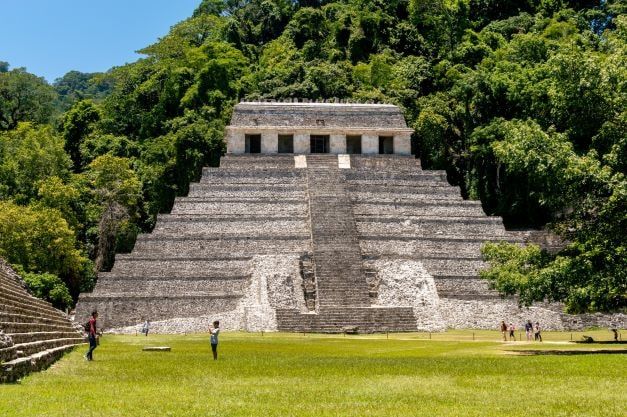Modification of the concept of death
Funeral agencies and cremations have increased because wakes are no longer held at home. If before the good death was at home, now it is in the hospital. Among the Mayas, the dead are an essential part of the world of the living.





